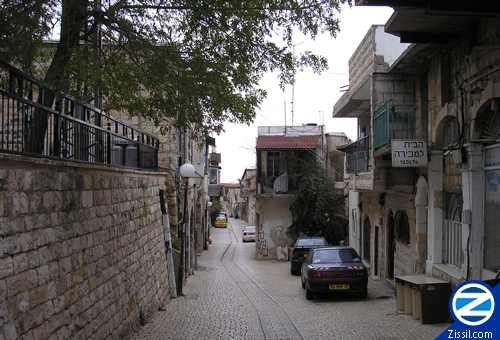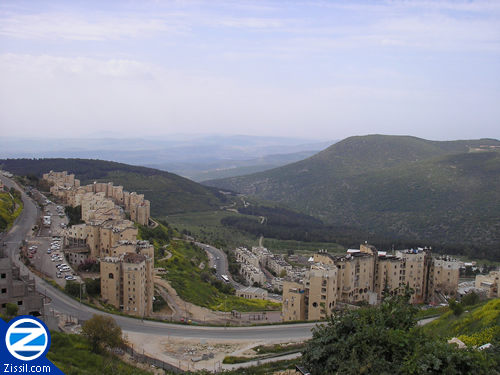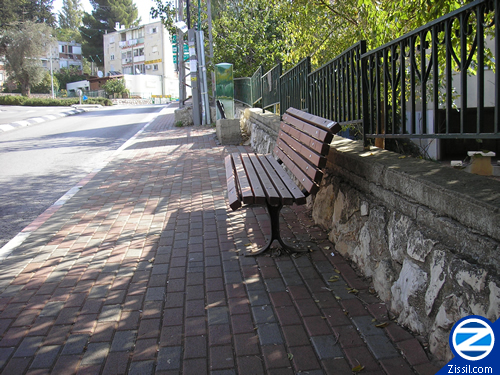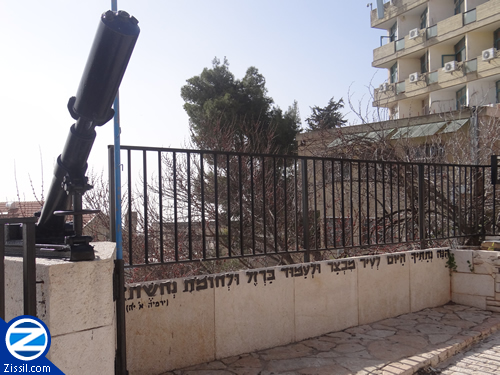Safed is a city nestled in the Upper Galilee of Northern Israel located approximately 45 minutes from Tiberias. The city perches on a mountaintop and enjoys mild weather in the summer and a cold rainy climate in the winter. Tzfat is known as the “City of Kabbalah,” one of Judaism’s four Holy Cities, due to its history as the region where contemporary Kabbalah, Jewish mysticism, developed. Today Tzfat is enjoying a revival as a center of Jewish and Kabbalah study, a hub of quality art and Judaica and a meeting place for people of different cultures and backgrounds who are drawn to this historic mountaintop town.
History
Artifacts have been found that indicate that people lived in Safed as far back as 3500 years ago, but archaeological and documentary evidence of the community begins at the time of the Crusader period. The Crusaders built their “Metzuda”, or citadel, on the Tzfat mountaintop. The presence of an existing Jewish community in Tzfat drew Jews to the area in the Middle Ages as they fled the Spanish Inquisition. By the late 1700s, Ashkanazi, or Eastern European Jews began to immigrate to Tzfat. This created two distinct Jewish community, the Ashkanazis and the Sepharadim (Mediterranean and North African Jews). The Arab community also grew, occupying a neighborhood a few minutes’ walk from the Jewish Quarter.




